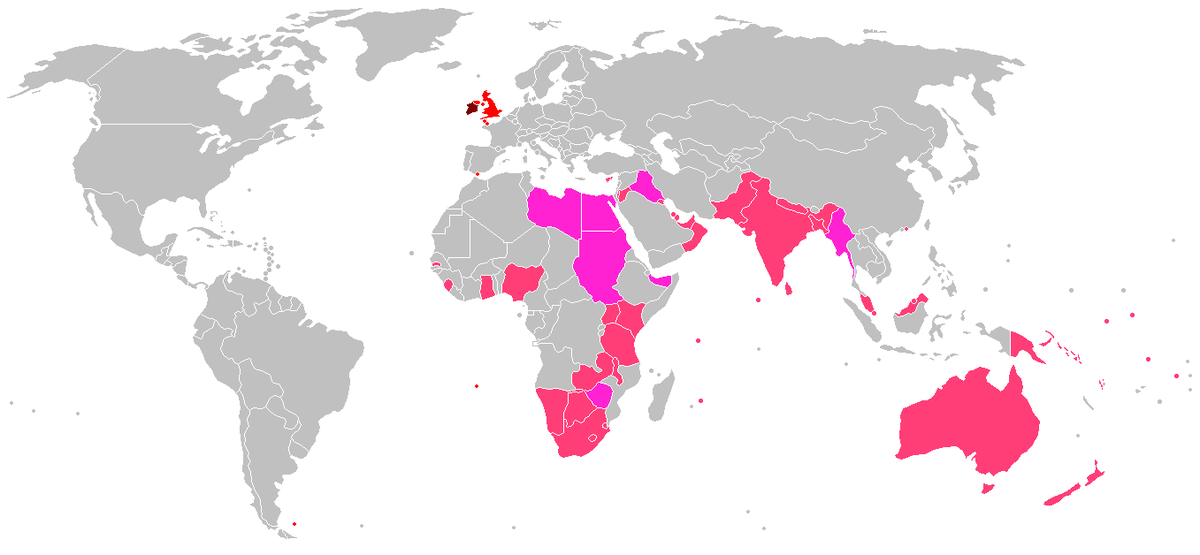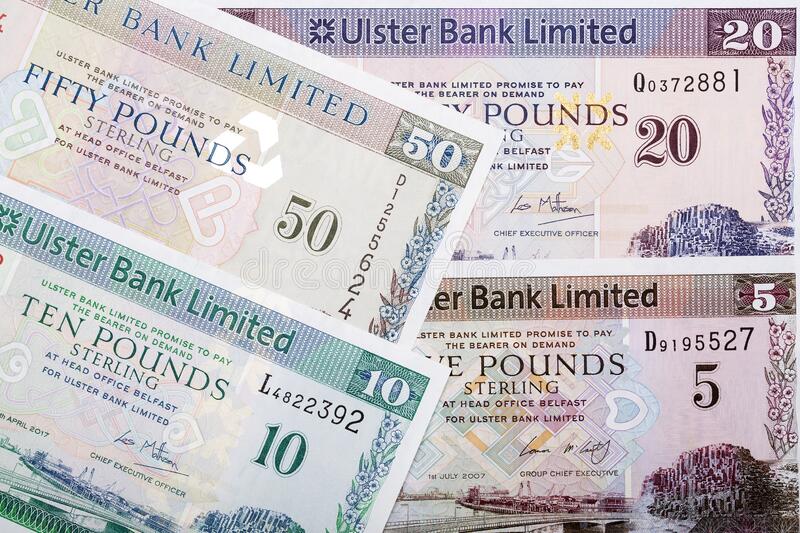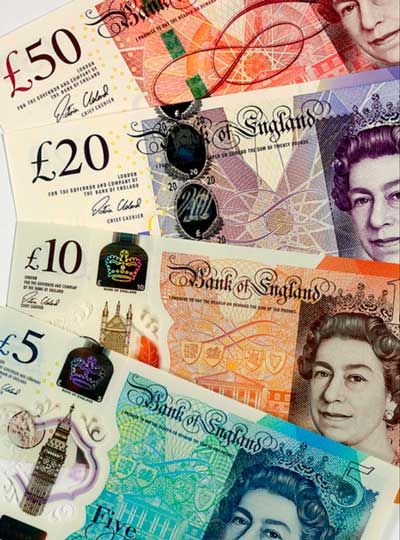Countries where you can use the Sterling Pound
The Sterling Pound is one of the oldest and most known and used currencies in the world. It is actually the 4th most used currency in the world. The US dollar is number one, followed by the euro and on 3rd place the Yen in placed just above the pound. We all can picture a pound note in our minds even with recent changes. That is why we are going to tell you a but more about this currency, where can you use it and how at Eurochange you can get them or exchange them to Euros.

The pound, or the “quid” as is used in slang, can be used in many countries. And even if there is different coins and notes designs the value does not change, one pound is one pound no matter where they come from. But don’t be mistaken, we are talking about the sterling pound, since there are many other countries that use pound as their currency but is not the same currency. In Syria, Egypt, Sudan and Lebanon also use pound, but those countries do not use the sterling pound and the value is not the same.

The sterling pound can be used in many countries around the globe. Of course, can be used in the United Kingdom, this means that you can use them in England, Scotland, Wales and Norther Ireland, remember than in Ireland you will need Euros to do your shopping. Within the UK, and even the value is the same, we will be able to see different designs on the notes. There are eight banks allowed to print their own starling pounds: Bank of England (England); Bank of Scotland, Royal Bank of Scotland, Clydesdale Bank (Scotland); and Bank of Ireland, First Trust Bank, Danske Bank and Ulster Bank (Nother Ireland). Don’t be afraid if you get one different note while you are traveling thru the UK, just check that it comes from one of the banks listed above and you will be ok.

Is that it? Not even close. There are many other countries or territories that also use the sterling pound. Jersey, Guernsey, the Isle of Man, Gibraltar, South Georgia and the South Sandwich Islands, the British Antarctic Territory, and Tristan da Cunha make the list of places where you can spend your pounds larger. In all those places the official currency is the sterling pound. Some of them are well known, but others are basically deserted territories or colonies.

Unfortunately, while you are in Spain you will not be able to spend your pounds to go around the country. Even you will be able to find some places they accept the currency the best thing to do is to exchange your pounds to Euros, the official Spanish currency. And the best way to do it is coming to Eurochange to do so. We have really good exchange rates for you. But that is not it, at Eurochange we will provide you with the best customer service, we will answer all your inquiries and questions free of charge. Also, Eurochange has no hidden fees or commissions and our Money Agents are the best in the business, not just because they are great doing their job, but also because they are the friendliest and will help you out in all your needs. Check our many locations thru the Spanish territory and come to exchange your sterling pounds into euros.

Also, this is a two-way street, if you have euros and you planning to travel to one of the many places we named before, you can also come to Eurochange to get your British pounds. The exchange rate is as good as the opposite way but also you can make your reservation at our website and we will have your pounds ready for you when you arrive to pick them up.



















.jpg)


.jpg)

.jpg)












